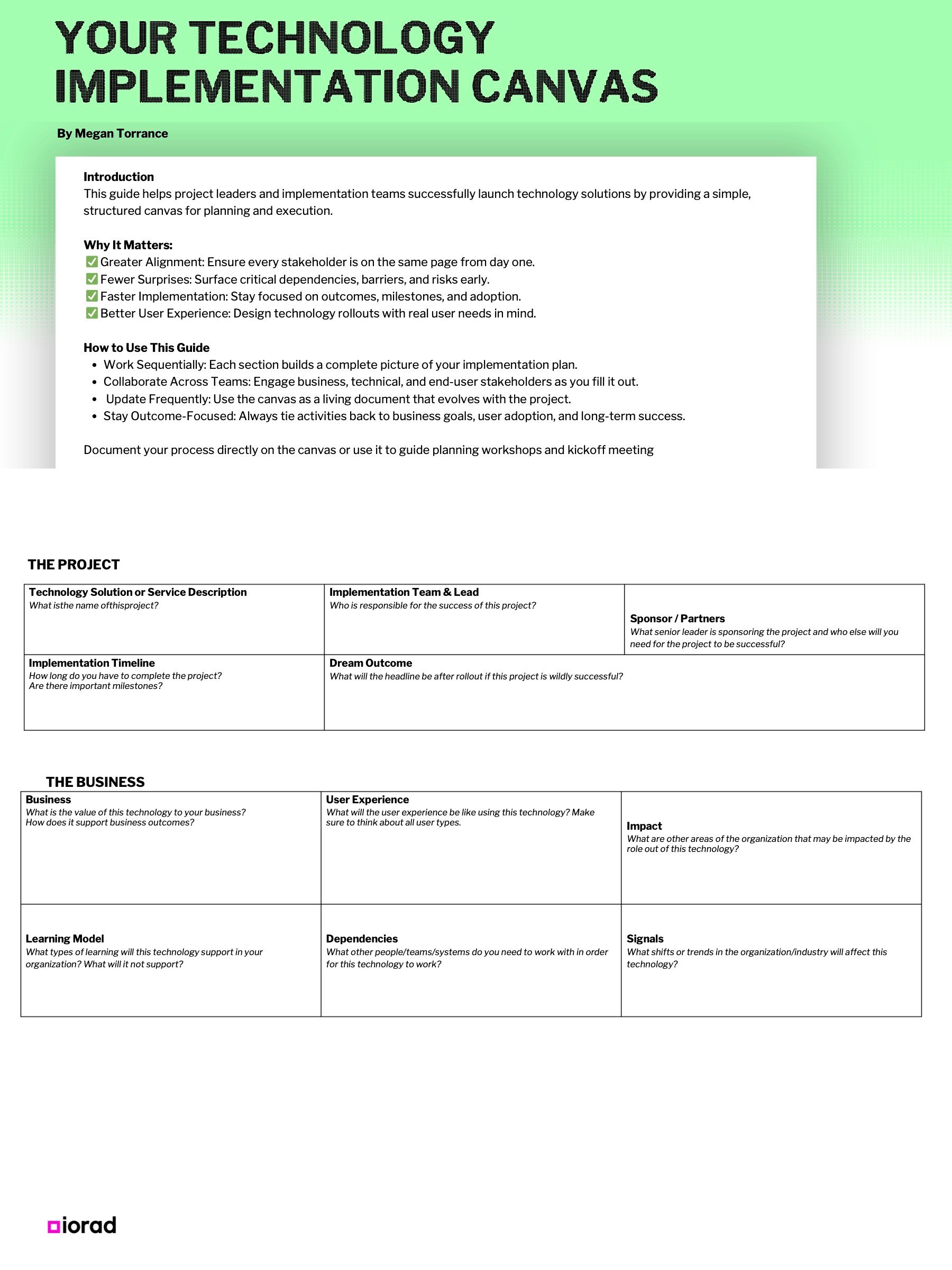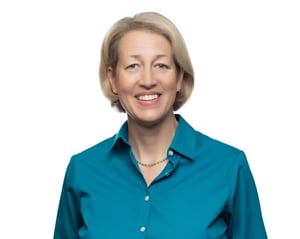
In this week's episode, we unveil agile learning design and change management tactics for digital adoption. You'll learn how to anticipate, adapt, and design training that evolves with technology shifts.
Meet our Guest
Megan is the Founder and CEO of TorranceLearning, where she leads a team of learning experience designers & engineers in reimagining workplace learning. Her firm has served Fortune 1000 companies, major research universities, global professional associations, and federal agencies for over two decades. Megan brings a strategic vision that helps TorranceLearning bridge vision with execution—delivering innovative, data-informed, and learner-centered solutions.
She is also the author of Agile for Instructional Designers, Data & Analytics for Instructional Designers, and Making Sense of xAPI and serves as a Facilitator for eCornell’s leadership programs and an adjunct instructor in Penn State’s Learning Design & Technology Master’s program.
In This Episode
🧠 Why L&D gets left out: Instead of waiting for the invite, L&D should be running an internal roadshow.
💡 The LLAMA framework: Forget 6-month timelines and locked-in modules. Learn about Megan's LLAMA framework.
🛠️ Vanilla to hot fudge: Learn to build in levels, from “vanilla” (base rollout) to “chocolate sprinkles” (minor customizations) to “hot fudge” (full-featured experience).
Designing Learning That Lasts
Background context: Before agile was cool in L&D, Megan Torrance was already adapting software dev practices for learning teams. With roots in Accenture and a background in processing operations, she saw first-hand the chaos of late-night deliverables and fragile timelines. That led to a question: what if L&D could anticipate change?
Today, as CEO of TorranceLearning, Megan leads a “full stack learning team” helping organizations build resilient, learner-focused experiences that survive rapid tech shifts, internal reorgs, and even AI adoption waves.
🎤 “All good projects change. If your project doesn’t change from start to finish, that might be because nobody cares about it.”— Megan Torrance
Key Insight #1: Why L&D Gets Left Out
One of Megan’s core observations? L&D isn’t brought in early enough during transformation projects — and that’s partly because we haven’t positioned ourselves as strategic players. To shift that, she teaches *internal power mapping* and relationship-building.
Instead of waiting for the invite, L&D should be running an internal roadshow.
🎤 "We built a deck and launched an internal marketing campaign. ‘Here’s what you can count on us for. Here’s how to engage us.’ It was like internal business development.”— Megan Torrance
Example: One client used this strategy post-training with Megan’s agile workshop — proactively setting meetings with business sponsors and communicating expectations, increasing early L&D involvement in key rollouts.

Key Insight #2: Agile Learning Starts with LLAMA
Forget 6-month timelines and locked-in modules. Megan’s LLAMA framework — “lot like agile management approach” — was born from adapting extreme programming to instructional design.
With user research, iterative content builds, and a bias toward fast feedback loops, LLAMA makes training adaptable. It also means saying no to overly polished builds that break the moment the UI updates.
🎤 “We didn’t force-fit agile. We started asking: what actually works for us in L&D? That became LLAMA.”— Megan Torrance
Example: In one rollout, her team was selected specifically because the client knew they’d “change their minds a lot” — and Megan’s process could handle it without pitching a fit.

Key Insight #3: Vanilla to Hot Fudge
While LLAMA governs process, Design for Change governs the product. Instead of scripting static lessons, Megan recommends identifying what's likely to change and building around it — sometimes even leaving it out of training altogether.
Her team builds in levels — from “vanilla” (base rollout) to “chocolate sprinkles” (minor customizations) to “hot fudge” (full-featured experience). This reduces overwork, lets teams launch sooner, and gives time to scale what works.
🎤 "Don’t bake UI buttons into video if you don’t have to. Link out to system documentation instead. It gets updated more often anyway — teach them how to find it.”— Megan Torrance
Example: One LMS course built with these principles has lasted eight years with minimal updates — a testament to designing with resilience.

Free Adoption Template: The Technology Implementation Canvas
The Problem: Tech rollouts often fail not because of bad tools — but because teams never align on who, how, or what success looks like.
The Solution: Use the Technology Implementation Canvas — a 3-part framework covering strategy, change, and tactics — to align your project team before the chaos begins.
Why this works: 🎤 "“It gelled everyone on a common vision. And more importantly — it showed us what we were missing.”— Megan Torrance

Technology Implementation Canvas
Successfully launch technology solutions by providing a simple, structured canvas for planning and execution.
Download